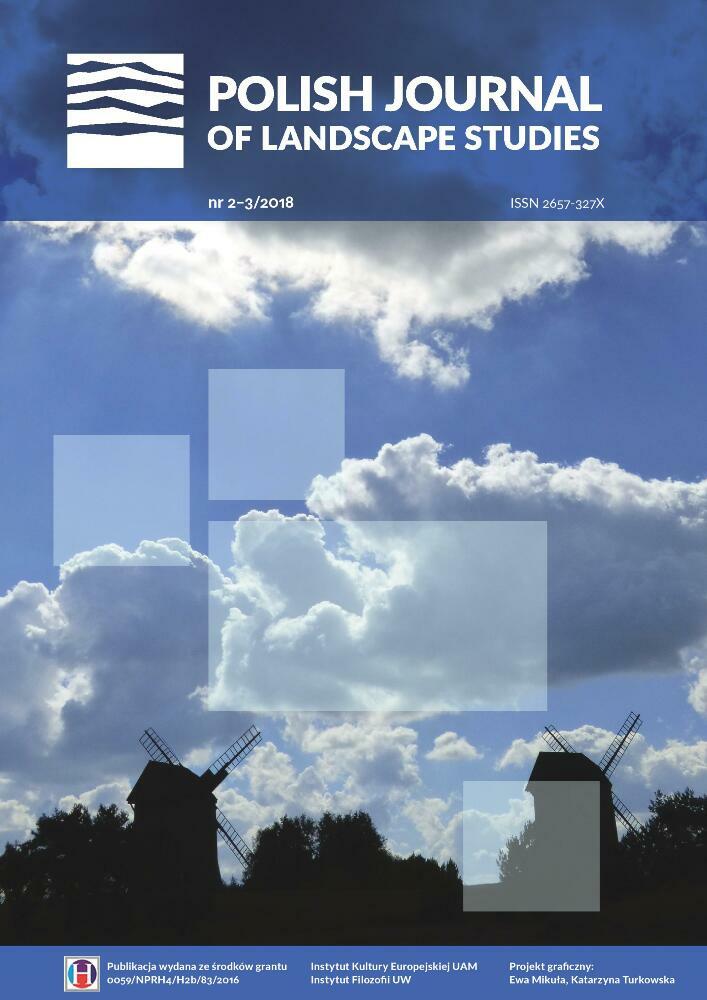Abstrakt
The author highlights the need for the societies to become aware of the ecologically motivated ethics of responsibility. She discusses the division of ecological practices into “green” (e.g. establishments of reserves, protection of endangered species) and “grey” ones, which have been analyzed by P. Virilio, who defined them as “no longer an ecology of substance, but an […] ecology of the shrinking world.” According to the author, ecologically committed art contributes to propagating responsible attitudes, by drawing for instance on the tradition of avant-garde commitment. It is manifested in all currents which expose the dangers of the advancing technology and look for means of overcoming such threats (grey ecology).Bibliografia
Baudrillard, Jean. 1988. America. Translated by Chris Turner. London: Verso.
Freud, Sigmund. 1994. Civilization and Its Discontents. Translated by Joan Riviere. New York: Dover.
Lepenies, Wolf. 1996. Niebezpieczne powinowactwa z wyboru. Eseje na temat historii nauki [Dangerous Affinities of Choice: Essays on the History of Science]. Translated by AnnaZeidler-Janiszewska. Warsaw: Oficyna Naukowa.
Kunstforum International. 1999. May/June.
Virilio, Paul. 1989. Die Sehmaschine. Berlin: MerveVerlag.
Virilio, Paul. 1993. Revolutionen der Geschwindigkeit. Berlin: MerveVerlag.
